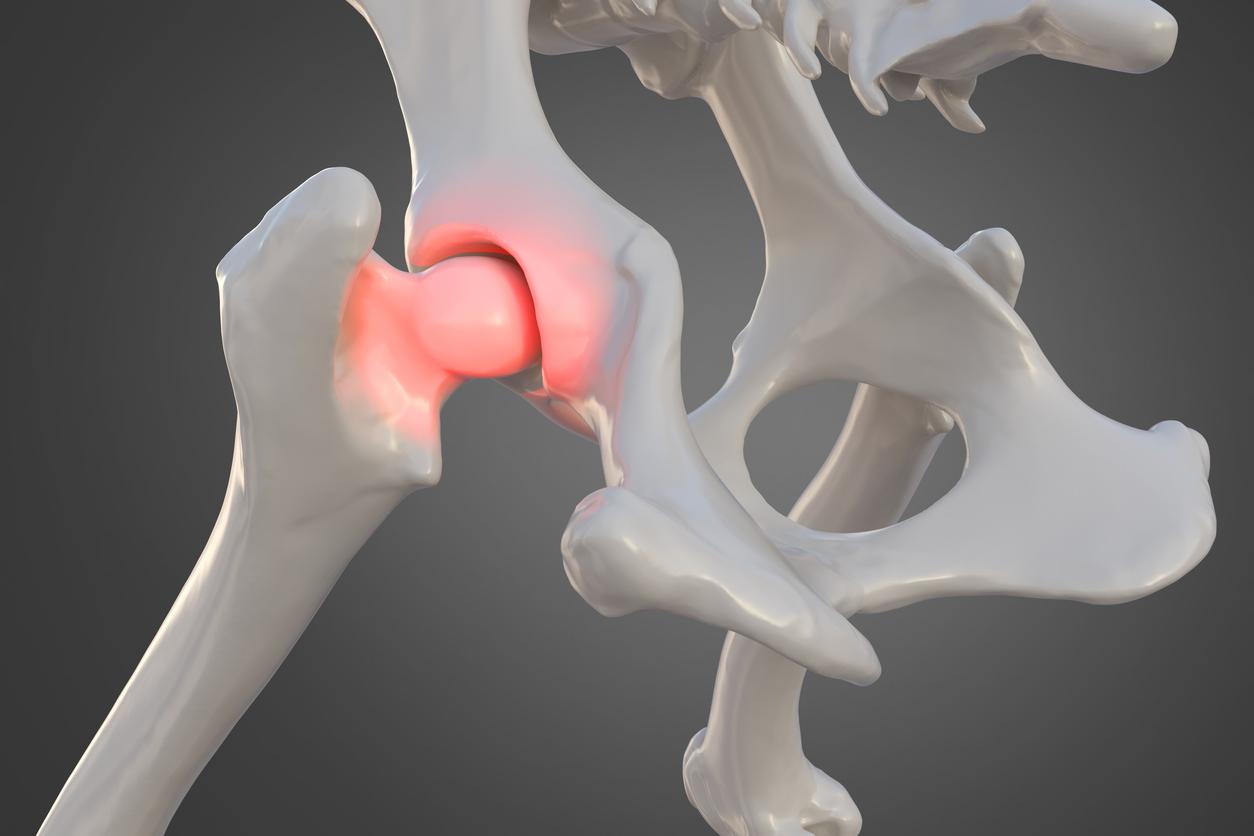Overview
Generally, medical management and physical therapy can be helpful for dogs and cats with mild to moderate arthritis secondary to hip dysplasia, that only have mild discomfort.
Surgery is usually recommended for pets with moderate to severe hip arthritis secondary to hip dysplasia with more significant discomfort. Surgery is also typically recommended for pets with hip luxation, or hip fracture.
Some hip luxations can be surgically repaired by placing the joint back into its’ proper location, held in place with surgical implants (one of the most common methods for surgical repair of hip luxation is called a toggle pin repair). If the hip luxation is chronic, or if the hip joint has any arthritis, your pet may not be a good candidate for luxation repair and one of the surgeries below (total hip replacement or FHO) would be recommended.
Total hip replacement replaces the entire hip joint with surgical implants. This procedure provides the best outcome for animals that need to have a perfect gait- for instance police working dogs, some search and rescue dogs, agility show dogs etc. This procedure should be performed in a specialty referral surgical facility with a surgeon who does this routinely, and aftercare is extremely important to prevent complications like fracture of the bone or infection of the implants. The recovery is typically ~3-6 months but is directed by your surgeon. This surgery is not offered on a mobile basis through Peak Veterinary Surgery.
Femoral head and neck osteotomy (FHO) surgery provides a pseudo or false hip joint. The surgery removes the painful bone-on-bone pressure between the top of the thigh bone (head of the femur) and connection to the pelvis (acetabulum) that is seen with hip arthritis, luxation, and some hip fractures. A bone cut is made through the top of the thigh bone to remove the femoral neck and head, thereby preventing the rubbing of the top of the femur on the surrounding bones. The hip muscles then hold the bones in place. This surgery creates a mild shortening of the limb, and as a result, there may be a change in your pets’ gait (walking and running), but often dogs and cats have a good prognosis for returning to normal activity. The total healing time is around 4-6 weeks. You can help your pet throughout the recovery by making sure the hip joint stays limber with passive range of motion exercises (bicycle-like exercises) until they are using the leg normally. This surgery is routinely done on a mobile basis in the general practice clinic.

